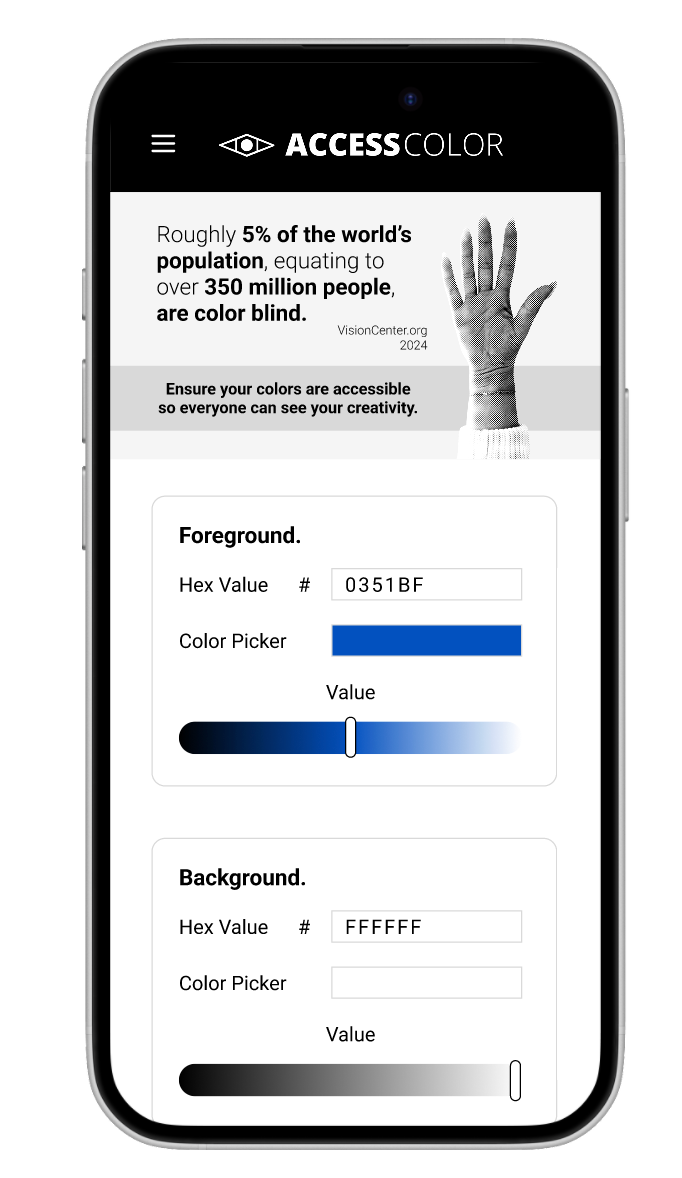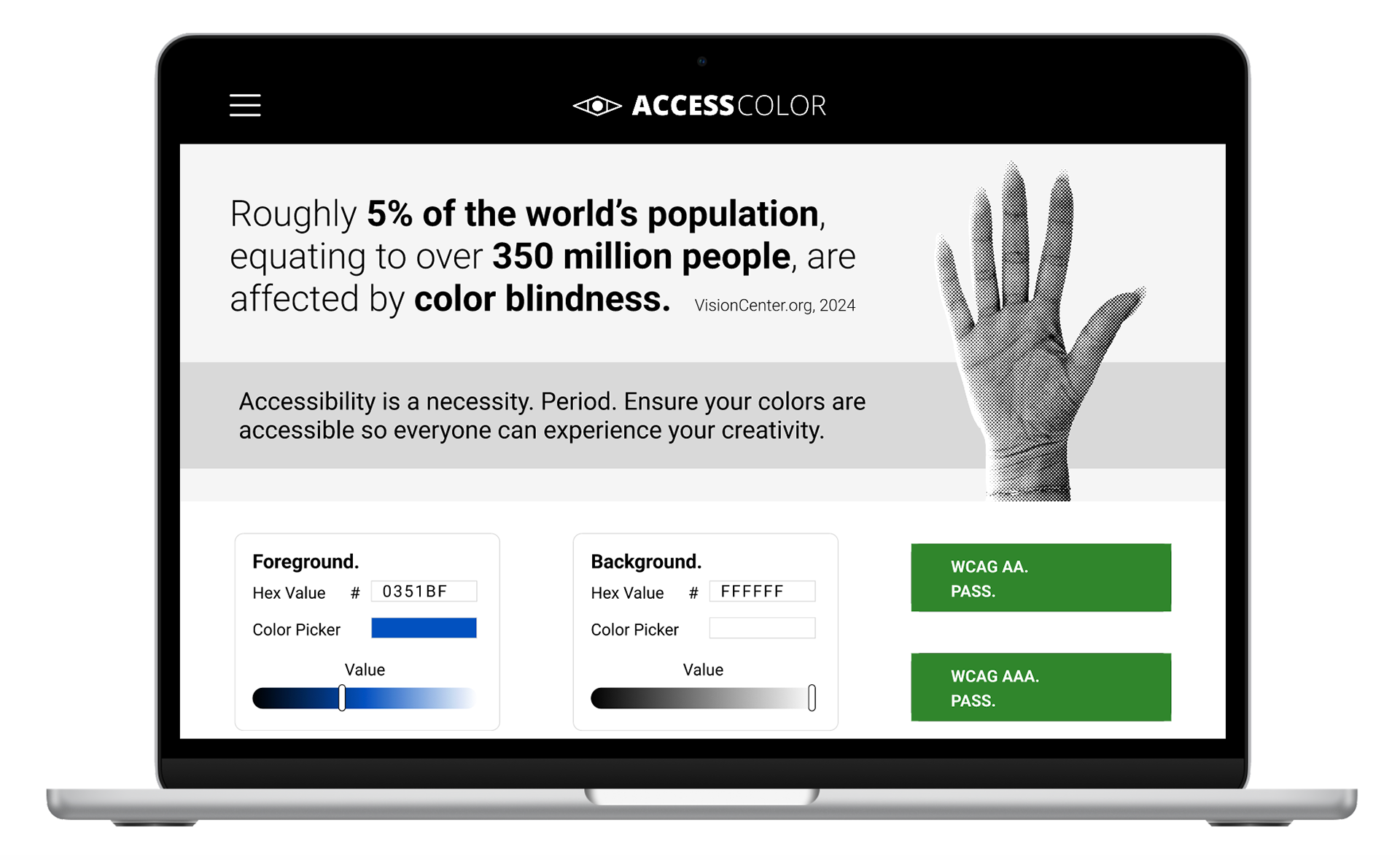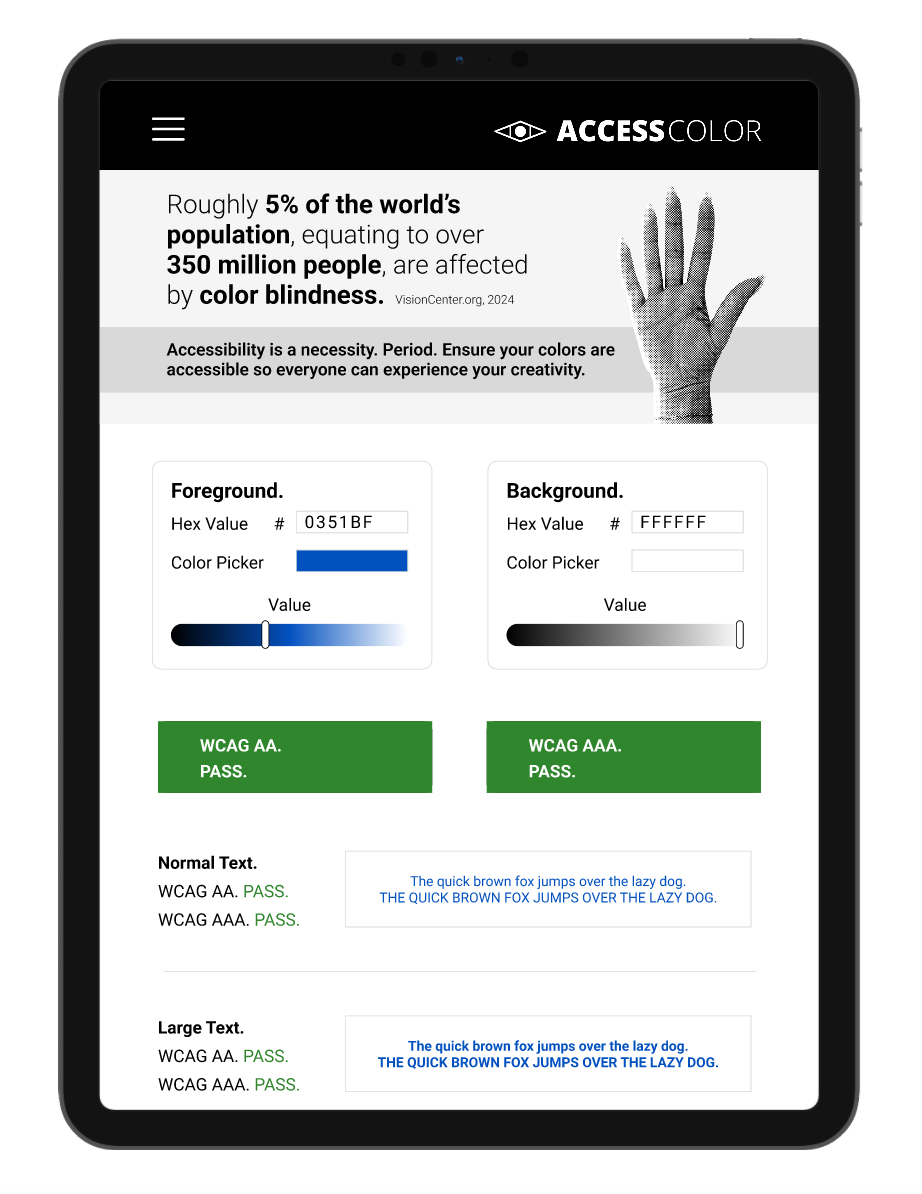Project Overview
As part of the Google UX Design Professional Certificate program, I completed seven modules focused on designing prototypes in Figma. This included research, ideation, wireframing, prototyping, and testing.
Through three UX projects, I have developed a well-rounded skill set in design and prototyping. First, I created a complete mobile app prototype for a hypothetical local grocery store, focusing on an end-to-end process to help shoppers efficiently locate products.
Next, I strengthened my Figma skills by designing a website where parents can buy and sell gently owned children's clothes and items. Lastly, I developed a responsive site centered on social good, further expanding my design capabilities.
Portfolio Projects
Primary Project: Ronnie & Ollie - a mobile app for a local grocery store to help shoppers efficiently locate products.
Figma Project 1: Switch Hands - a website where parents can buy and sell gently owned children's clothes and items.
Figma Project 2: AccessColor - a responsive site for a color contrast checker focused on accessibility in design.
Design for Social Good
As part of the final project for my certificate program, I developed a responsive site designed to promote a positive social good. I chose to create a color contrast checker focused on accessibility in design. This tool allows users to upload their designs, automatically flagging contrast errors and providing recommendations for improvement. The contrast-checking logic is based on WebAIM’s Contrast Checker, a widely used resource for evaluating text and background color ratios against accessibility standards.
Through my time at Deloitte, I have been learning about Section 508 Compliance, which ensures digital accessibility for people with disabilities, particularly in government and federally funded projects. In my client work, I regularly use WebAIM to assess accessibility, but I have identified areas where the tool could be enhanced to better meet my team's needs. My project builds upon these insights, introducing improvements that create a more user-friendly and comprehensive solution tailored to real-world design challenges.



Software Used
Figma, Adobe Illustrator, Google Docs, Google Sheets & Google Slides
